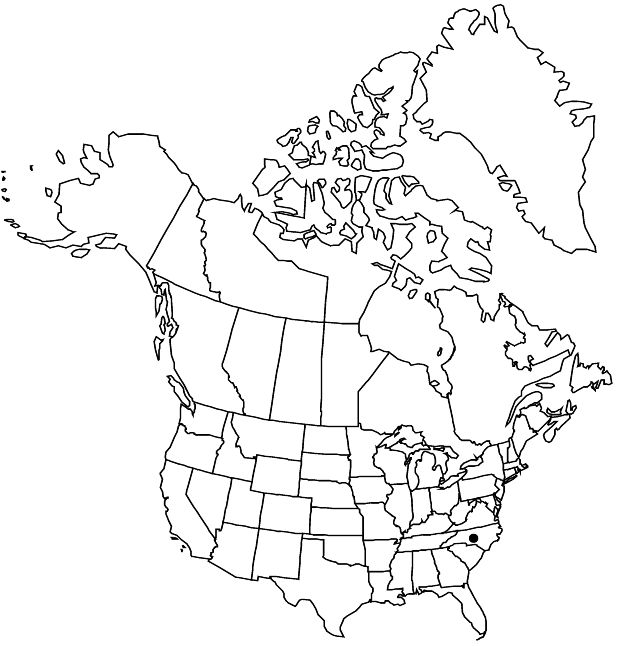Difference between revisions of "Rhododendron vaseyi"
Proc. Amer. Acad. Arts 15: 48. 1879 ,.
FNA>Volume Importer |
imported>Volume Importer |
||
| (One intermediate revision by the same user not shown) | |||
| Line 7: | Line 7: | ||
}} | }} | ||
|common_names=Pink-shell azalea | |common_names=Pink-shell azalea | ||
| + | |special_status={{Treatment/ID/Special_status | ||
| + | |code=E | ||
| + | |label=Endemic | ||
| + | }} | ||
|basionyms= | |basionyms= | ||
|synonyms={{Treatment/ID/Synonym | |synonyms={{Treatment/ID/Synonym | ||
| Line 53: | Line 57: | ||
|publication title=Proc. Amer. Acad. Arts | |publication title=Proc. Amer. Acad. Arts | ||
|publication year= | |publication year= | ||
| − | |special status= | + | |special status=Endemic |
| − | |source xml=https:// | + | |source xml=https://bitbucket.org/aafc-mbb/fna-data-curation/src/2e0870ddd59836b60bcf96646a41e87ea5a5943a/coarse_grained_fna_xml/V8/V8_909.xml |
|subfamily=Ericaceae subfam. Ericoideae | |subfamily=Ericaceae subfam. Ericoideae | ||
|genus=Rhododendron | |genus=Rhododendron | ||
Latest revision as of 22:47, 5 November 2020
Shrubs, to 2.5(–5.5) m, rhizomatous. Stems: bark smooth to vertically furrowed, shredding; twigs sparsely to moderately scattered, multicellular stipitate-glandular-hairy and eglandular-hairy (hairs unbranched), also unicellular-hairy, glabrate in age. Leaves deciduous; petiole multicellular eglandular- and stipitate-glandular-hairy and unicellular-hairy; blade elliptic to obovate, 2.3–17 × 0.8–5.5 cm, thin, membranous, margins entire or undulate, plane, widely scattered to densely eglandular-hairy, apex acuminate, abaxial surface scattered stipitate-glandular-hairy, adaxial surface scattered stipitate-glandular-hairy and eglandular-hairy, especially near margins. Floral bud scales glabrous or nearly so abaxially, stipitate-glandular-hairy, often also unicellular-hairy along margins. Inflorescences 5–15-flowered; bracts similar to bud scales. Pedicels 5–26 mm, stipitate-glandular-hairy. Flowers opening before development of leaves, erect to horizontal, fragrant; calyx lobes 0.3–8.5 mm, glandular-ciliate, often also scattered, stipitate-glandular-hairy; corolla pale to deep pink, sometimes white, with orange-brown or red spots on upper lobes, widely campanulate and appearing ± 2-lipped due to more extensive connation of 3 upper lobes and 2 flaring, slightly longer lower lobes, 18–37 mm, glabrous on outer surface, petals connate, upper lobe 10–18 mm, lateral lobes 14–24 mm, lower lobes 15–30 mm, tube gradually expanding into lobes, 3–8 mm (to 1/4 as long as lobes); stamens (5–)7, not or only slightly exserted, ± unequal, 12–38 mm; filaments glabrous. Capsules borne on erect pedicels, 9–17 × 3–6 mm, very sparsely to moderately multicellular stipitate-glandular-hairy. Seeds with ± stellate-globular tails; testa tightly appressed. 2n = 26.
Phenology: Flowering spring.
Habitat: Montane bogs, rocky summits, heath balds, steep slopes in deciduous or coniferous forests
Elevation: 900-1800 m
Discussion
Rhododendron vaseyi is widely cultivated because of its beautiful flowers.
Selected References
None.
